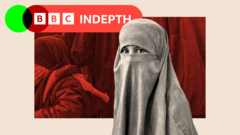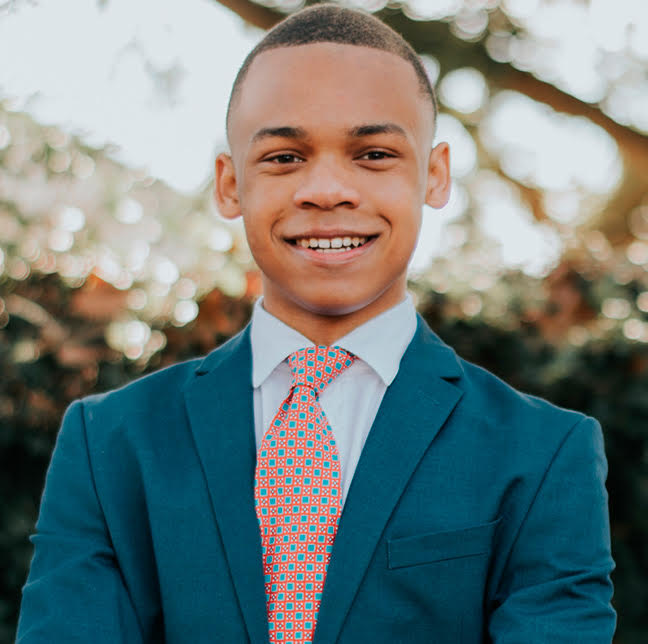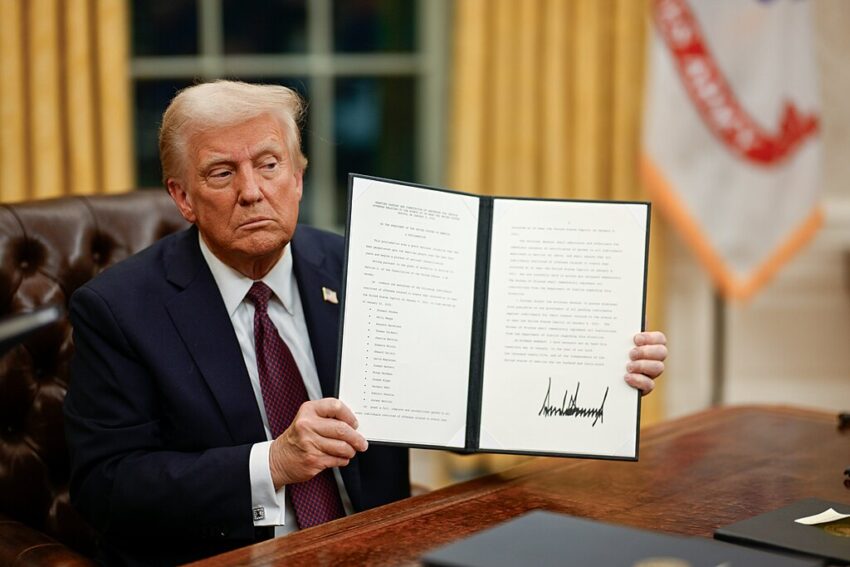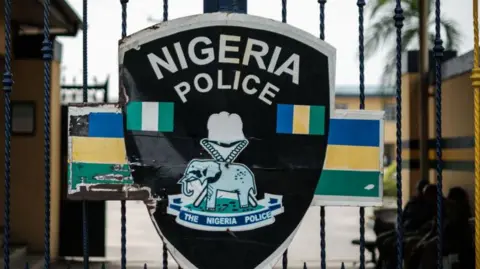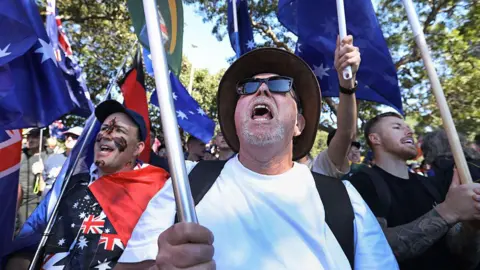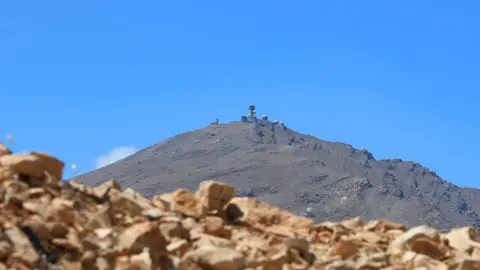On December 8, 2024, I stood at the Lebanese border, anticipation bubbling within me, eager to enter Syria after years of apprehension. The long-years of rule under Bashar al-Assad were over, and opposition forces had made significant strides, claiming major cities like Damascus and Aleppo. For the first time, I felt hope for my homeland.
Having lived under the oppressive shadows of the Assad dynasty since 1971, I was familiar with the harsh reality of detentions, disappearances, and civil war horrors that claimed numerous lives. Recollections of my own arrests at the start of the 2011 uprising and the lingering fear felt even in exile were overwhelming. Yet, I now approached a liberated Syria filled with the sound of celebratory gunfire amidst public joy, an atmosphere I never thought I would witness again.
Damascus was alive with jubilant voices, discussing political dreams openly in pre-revolutionary locations like Umayyad Square. This newfound freedom allowed citizens to express political sentiments that had long been suppressed. However, months after this pivotal moment, doubts emerged about how enduring these liberties might be and what form democracy would take in this burgeoning regime.
At Rawda Café near Parliament, intellectuals gathered to discourse openly—a stark contrast to the risk of arrest that once gripped political discussion. Journalists and artists, returning from exile, celebrated, eager to participate in rebuilding the nation. “We have a historic opportunity to reshape our future,” exclaimed a returning journalist, encapsulating the sentiment of many.
While the cultural scene flourished with freedom, the emerging political framework raised concerns about possible repression under new religious authorities compared to the previous regime. Art that once faced censorship was now flourishing, yet apprehensions loomed regarding whether clerics might impose restrictions on freedoms that were hard-won.
With Ahmed al-Sharaa appointed to lead the interim government, a commitment to establishing democracy was voiced, but skepticism lingered regarding his ability to genuinely foster political diversity and participation. Recent national dialogues convened showed willingness for consultation yet fell short of truly representing diverse societal interests.
Efforts to integrate various ethnic and religious groups into governance raised further questions about the potential marginalization of women and secular voices in this new political landscape. Previous efforts to empower women might face challenges if hardline interpretations of Islamic law were to gain grounds, altering the rights and freedoms previously enjoyed.
As the nation faces a new landscape of tensions—marked by violence between sects and unrest in regions populated by displaced families—the struggle for a unified vision of Syria becomes paramount. The reality of political stability remains fragile, with fears of returning to dictatorship surfacing once more.
With pressing financial strains and extending insurgencies, how the new authorities navigate these challenges remains to be seen. Will the aspirations for freedom take root, or will the specter of repression emerge once again? As I reflect on my newly liberated, yet uncertain homeland, one thing becomes clear: the next steps will determine whether Syria will endure as a beacon of hope or return to the shadows of the past.

